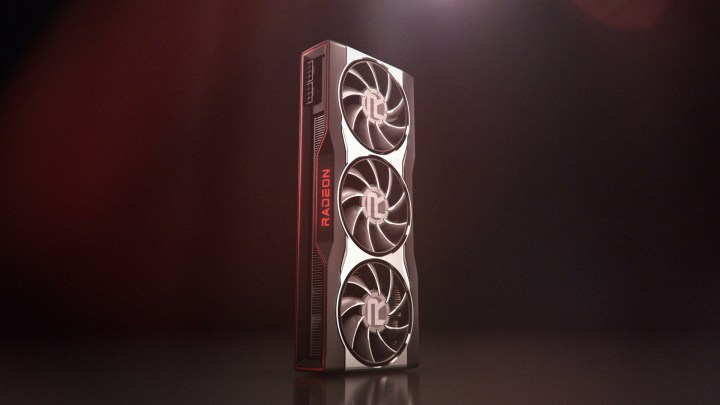AMD has just launched its new GPU Comparison Tool, which is aimed at being a quick and easy way to determine which graphics card might be best for you based on your gaming needs.
The tool gives you insight into the performance of nearly all of the best GPUs from both AMD and Nvidia. However, a closer look at the tool raises questions as to how legit it is.

AMD’s new tool is simple to navigate and free to use, so you can check it out if you’d like to see the results for yourself. It’s easy — pick the game that interests you from a list of 11 titles, and then choose the settings that best apply to your ideal gaming scenario. You’ll be able to pick between one of the three most popular screen resolutions (1920 x 1080, 2560 x 1440, and 3840 x 2160), as well as the game settings and API used in the test. Then, based on AMD’s internal testing done in its own labs, the tool will tell you which GPU is the best for that given scenario.
The idea itself is pretty great. A lot of users don’t want to dig deep into benchmarks and just want to know whether a particular graphics card will excel in a particular game (or several). Seeing as the feature is easy to find your way around, it seems like a winner for AMD — except, there’s a catch. Or maybe even a couple.
The first catch should come as no surprise — the tool seems to be skewed to favor AMD over Nvidia. It’s not that the benchmark results lie, it’s that the games AMD picked were just the right titles to make its own GPUs look good. Resident Evil Village, Deathloop, and Assassin’s Creed Valhalla are all AMD-promoted games, and as noted by Tom’s Hardware, Tiny Tina’s Wonderland and Forza Horizon 5 tend to shine when played on an AMD GPU. There are also some other, more “neutral” games on the list, such as Valorant and Fortnite.
Taking Assassin’s Creed Valhalla as an example, AMD wins in every single test. Only one setting option is available (ultra high), but there are three resolutions, and AMD wins in all of them. In Tiny Tina’s, AMD only surrenders to the Nvidia GeForce RTX 3090 Ti in the 4K gaming test, standing victorious in the other two. There are certainly other instances of Nvidia winning the test, such as in Valorant in 3840 x 2160, but AMD seems to be superior in the majority of the benchmarks.

It’s also interesting that AMD didn’t include its low-end GPUs in the tests. The (less-than-stellar) Radeon RX 6500 XT and the RX 6400 are both missing from the charts, even though in some of the esports comparisons, they could very well snag a mention alongside the Nvidia GeForce RTX 3050. Instead, AMD moves right along to the Radeon RX 6600.
Was this an intentional omission or just an oversight in a still very fresh tool? Hard to say. It’s worth noting that the tool itself is still quite limited for what AMD seems to be trying to do. Most games only have one setting option, so realistically, you’re just changing the games and the screen resolution. The tool could also add more games to give a more comprehensive overview of the GPUs’ performance.
Given time, AMD will hopefully update the tool to include more benchmarks, as well as more titles and game settings. Right now, it’s more of a promotional tool than anything else, but it has so much potential that AMD could tap into if it’s not afraid of drawing realistic comparisons between its own GPUs and those made by Nvidia. For the time being, make sure you trust independent benchmarks and reviews if you’re looking into buying a new graphics card now that the prices are falling quickly.



